
The journey to optimum workforce management is a long and difficult one. Thankfully, we’ve been able to navigate the beginning portion of our trek with the aid of two “maps” on wireless forms and dispatching, respectively. As we continue this adventure, we encounter an aspect of workforce management that can be a figurative jungle to navigate: Timekeeping.
Time may, in fact, be the most precious resource available to man. Finite as it is, time becomes an extremely expensive commodity; the age-old idiom “time is money” comes to any business owner’s mind each time they review employee timesheets.
We return to the example of Paul’s Pool Cleaning Company:
Paul has expanded his company since we last visited him. He currently employs ten pool cleaners who are each supposed to work a standard eight-hour workday. The average hourly wages for a pool cleaner in the United States is $12.15.
$12.15
X 8
$97.20
X 10
$970.20
Paul is paying out $970.20 each day for work for hours worked. With twenty work days in a month, Paul ends up shelling out $19, 440 a month to his employees. Assuming Paul has utilized a dispatching solution after our discussion last week, we know his employees are cleaning six pools a day and 1,200 pools a month. At $100 per pool, Paul’s employees are generating $120,000 a month.
Now, let us assume Paul has his employees turn in paper timesheets at the end of each workday. On every timesheet, each worker is logging an hour of overtime each day that they have not worked. Overtime pay is time-and-a-half, resulting in Paul’s employees receiving $18.23 for one hour of work, or $115.43 each day. Operating within a standard work month we get:
$18.23
X 20
$364.60
X 10
$3,646.00
Each month, Paul is paying nearly four thousand dollars for hours inaccurately reported. With a timekeeping solution that can keep track of where his employees clock in and out, thereby keeping them accountable for any extra hours worked, we see the immediate return on investment for Paul’s Pool Cleaning Company. Since his employees can clock in and out directly on their handheld device, they no longer have to return to the office to punch a timecard or turn in a timesheet, saving fuel and extra time paid for travel. These numbers do not take into account the amount of money spent handling the other costs associated with traditional timekeeping; storage costs, printing costs, staff costs, and other additional costs. Time is money and money is time; to make the best of both, a timekeeping solution is definitely a door worth opening!
Next week, we continue our series with “Workforce Management and the Return on Investment: Vehicles.”
Have any questions on how Actsoft can help you?
Call (888) 732-6638 or Receive a Live Webinar
















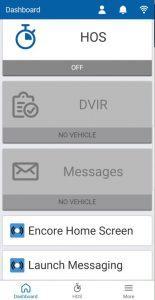
 Encore & Geotab Drive
Encore & Geotab Drive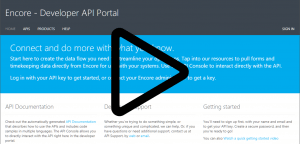
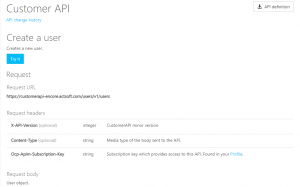
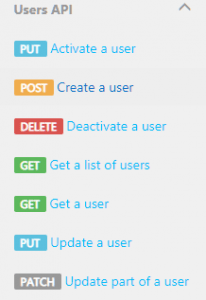


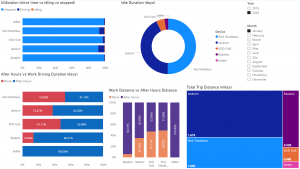
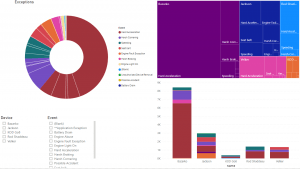
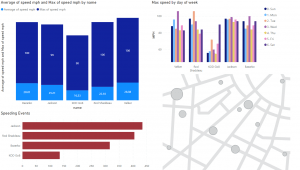
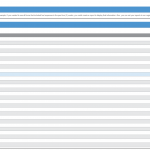
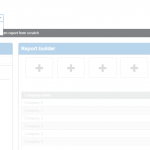
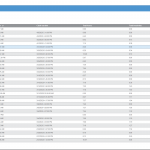
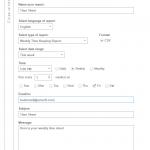



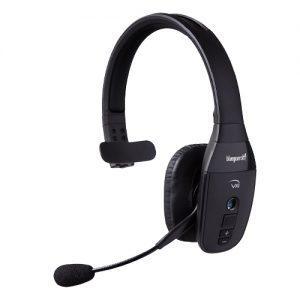
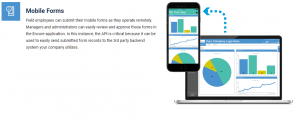
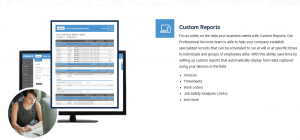
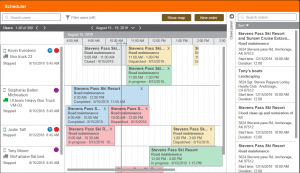
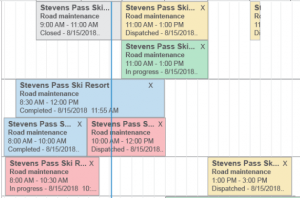

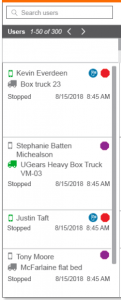
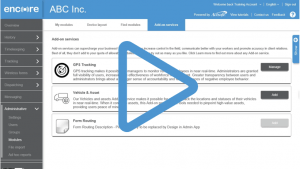
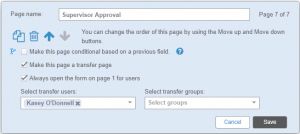
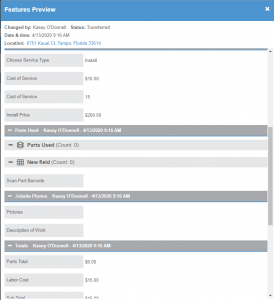
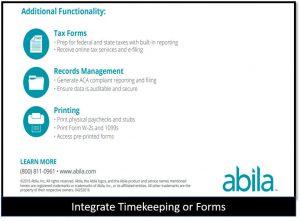
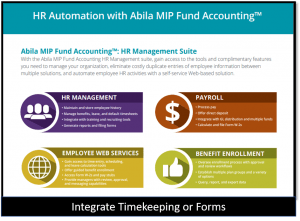
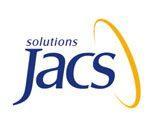
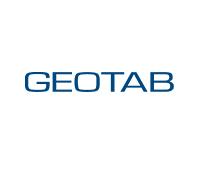 Gain even greater insight into the daily activities of your fleet using the combination of Geotab and Actsoft. Geotab devices provide detailed data collection and seamless integration with our solutions; learn more about the ways your vehicles are being used daily with the power of this tandem.
Gain even greater insight into the daily activities of your fleet using the combination of Geotab and Actsoft. Geotab devices provide detailed data collection and seamless integration with our solutions; learn more about the ways your vehicles are being used daily with the power of this tandem.



 Actsoft partnered with Odin to provide our solutions overseas, through payment processing integrations. Odin helps us support user management for our software; customers can also purchase our products through Odin’s billing platform.
Actsoft partnered with Odin to provide our solutions overseas, through payment processing integrations. Odin helps us support user management for our software; customers can also purchase our products through Odin’s billing platform.

 VisTracks powers our Electronic Logging Device (ELD) solution, which enables transportation businesses to easily automate their hours of service logs, remain in governmental compliance, and reduce their potential to incur costly fines.
VisTracks powers our Electronic Logging Device (ELD) solution, which enables transportation businesses to easily automate their hours of service logs, remain in governmental compliance, and reduce their potential to incur costly fines. Integration between Actsoft solutions and BeWhere’s software products is available. Take your team’s asset tracking, cellular data connectivity, and field insight a step further with effective, cross-application compatibility.
Integration between Actsoft solutions and BeWhere’s software products is available. Take your team’s asset tracking, cellular data connectivity, and field insight a step further with effective, cross-application compatibility.
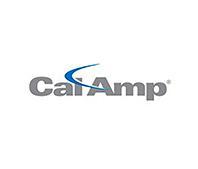 CalAmp tracking devices for vehicles and assets alike are compatible with Actsoft solutions, making it easy for you to efficiently monitor your equipment and fleet cars. Help your team enhance accountability, safety, and savings through a combination of easily installed hardware and intuitive software.
CalAmp tracking devices for vehicles and assets alike are compatible with Actsoft solutions, making it easy for you to efficiently monitor your equipment and fleet cars. Help your team enhance accountability, safety, and savings through a combination of easily installed hardware and intuitive software.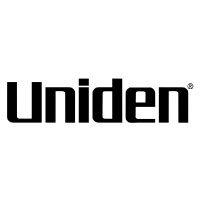 Our partnership with Uniden is ideal for companies looking to gain advanced diagnostics on their fleets. Uniden’s extensive product listing of car electronics like radios, dash cams, radar detectors, and in-vehicle communicators work in concert with Actsoft’s solutions to better connect your vehicles to the company headquarters.
Our partnership with Uniden is ideal for companies looking to gain advanced diagnostics on their fleets. Uniden’s extensive product listing of car electronics like radios, dash cams, radar detectors, and in-vehicle communicators work in concert with Actsoft’s solutions to better connect your vehicles to the company headquarters.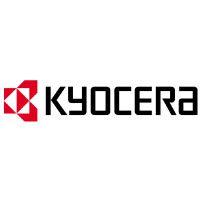 Kyocera offers a wide range of mobile devices, ranging in design from traditional phones to ultra-durable handset technology. Actsoft is able to equip organizations in a variety of different industries with solutions for improved business, while Kyocera supplies the technology they can flawlessly operate on.
Kyocera offers a wide range of mobile devices, ranging in design from traditional phones to ultra-durable handset technology. Actsoft is able to equip organizations in a variety of different industries with solutions for improved business, while Kyocera supplies the technology they can flawlessly operate on.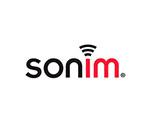

 Our software is the perfect complement to Apple’s user-friendly technology. Equip your workforce with the devices and solutions it needs for optimized productivity during daily operations with Apple and Actsoft.
Our software is the perfect complement to Apple’s user-friendly technology. Equip your workforce with the devices and solutions it needs for optimized productivity during daily operations with Apple and Actsoft.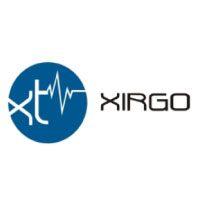
 Actsoft and Sanyo teamed up to merge intuitive business management software with the technology of today. This partnership allows us to provide you with all the tools your team needs for improved workflows, better coordination, and optimized productivity.
Actsoft and Sanyo teamed up to merge intuitive business management software with the technology of today. This partnership allows us to provide you with all the tools your team needs for improved workflows, better coordination, and optimized productivity. Motorola’s mobile technology works in tandem with our solutions to provide extra versatility to your business practices. Coupled with our software’s features, Motorola’s reliable devices make connecting your workforce simpler than ever to do.
Motorola’s mobile technology works in tandem with our solutions to provide extra versatility to your business practices. Coupled with our software’s features, Motorola’s reliable devices make connecting your workforce simpler than ever to do. We’re able to bundle certain solutions of ours (including our Electronic Visit Verification options) with Samsung devices to help your team achieve as much functionality as possible, while keeping rates affordable. Use these combinations for accurate recordkeeping, improved communication, and smarter data collection in the field.
We’re able to bundle certain solutions of ours (including our Electronic Visit Verification options) with Samsung devices to help your team achieve as much functionality as possible, while keeping rates affordable. Use these combinations for accurate recordkeeping, improved communication, and smarter data collection in the field.